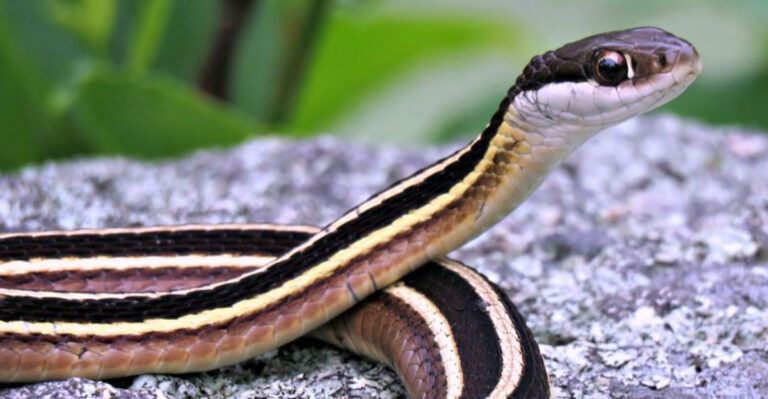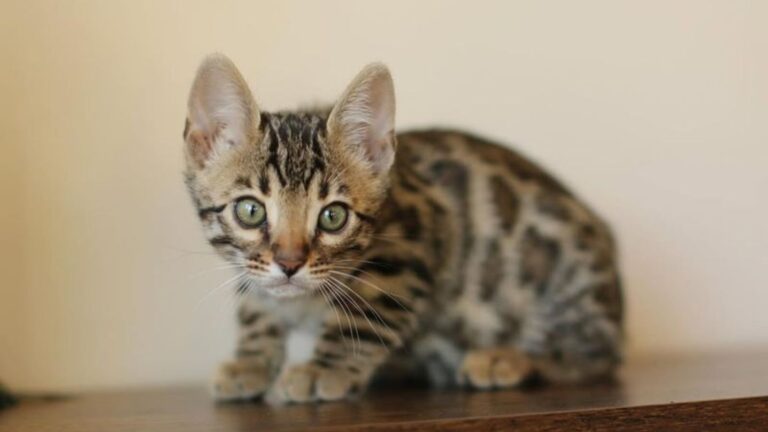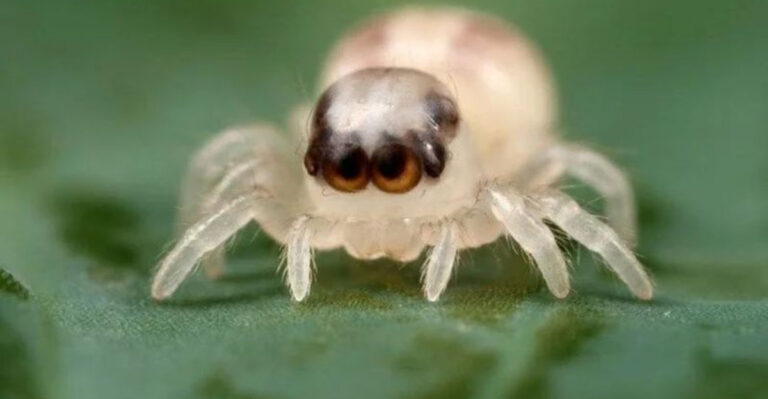15 Wild Parrot Species You Should Never Keep As Pets And The Ethics Behind It

Parrots are among the most colorful and intelligent birds on our planet. But not all parrot species belong in our homes. Wild parrots have complex needs that captivity often can’t satisfy, and many face extinction due to the pet trade.
Understanding why certain species should remain free isn’t just about animal welfare—it’s about respecting nature’s balance.
1. Macaws (Blue And Gold Macaw)

These magnificent birds need vast rainforest territories to thrive, not cages in living rooms. In the wild, they fly up to 100 miles daily searching for food and socializing with flock members.
Captivity often leads to feather plucking, screaming, and aggression—all signs of severe psychological distress. Their 70-year lifespan also means a lifetime commitment few owners can truly provide.
2. African Grey Parrot

Renowned for their Einstein-like intelligence, African Greys suffer tremendously in isolation. These birds form complex social bonds and use over 200 different vocalizations to communicate in the wild.
Their population has plummeted by 90% in some regions due to poaching for the pet trade. Every captured Grey represents a devastating loss to their already fragile wild communities.
3. Scarlet Macaw
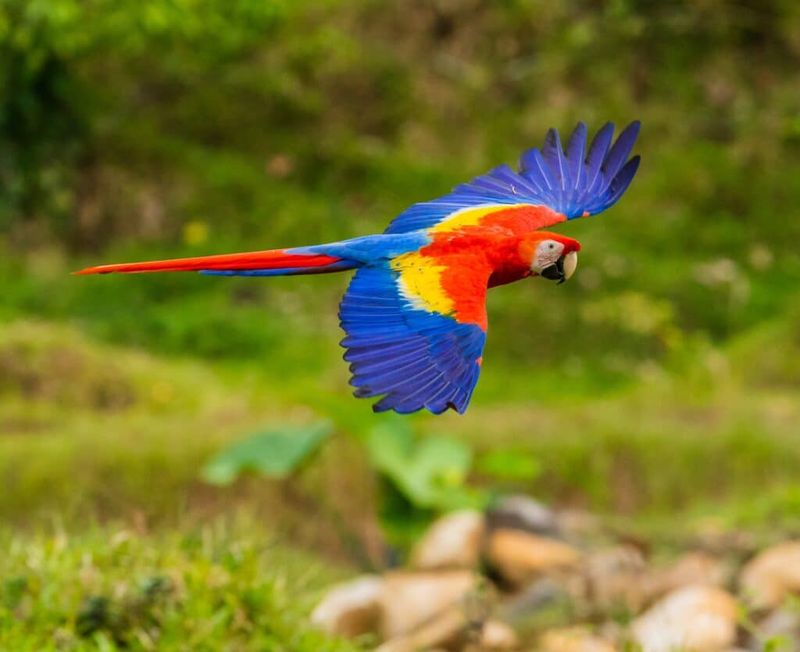
Flashing crimson wings across tropical skies, Scarlet Macaws embody wild freedom. These birds mate for life and travel in pairs or family groups, maintaining strong bonds that captivity cruelly severs.
Their piercing calls can reach 105 decibels—louder than a chainsaw! No apartment or suburban home can accommodate their natural behaviors or ear-splitting vocalizations without causing distress.
4. Cockatoos (Moluccan Cockatoo)

With their salmon-pink plumage and expressive crest, Moluccan Cockatoos captivate human hearts. But these birds evolved to live in large flocks across Indonesian forests, not alone in homes.
Their emotional needs run extraordinarily deep. When these needs go unmet, they develop heartbreaking self-destructive behaviors. Many rescued cockatoos have completely plucked their chests bare from stress.
5. Eclectus Parrot
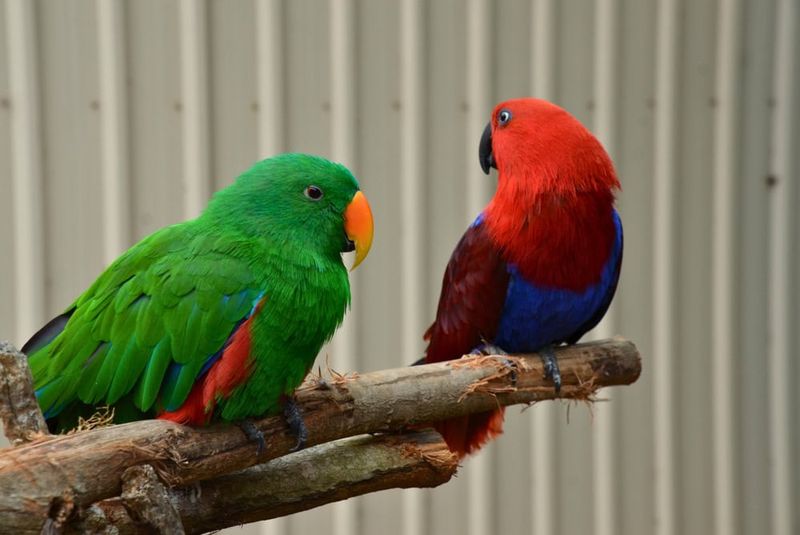
Nature created a masterpiece with Eclectus Parrots—males emerald green, females ruby red. This extreme sexual dimorphism evolved for life in Papua New Guinea’s complex rainforest canopies.
Their specialized diet includes specific fruits, blossoms, and nuts impossible to replicate in captivity. Improper nutrition leads to devastating health problems including feather and beak malformations, and painful vitamin deficiencies.
6. Quaker Parrot

Don’t let their modest size fool you—Quaker Parrots are engineering geniuses. These social birds build elaborate apartment-like communal nests housing multiple families, showcasing remarkable cooperation and intelligence.
They’re classified as invasive in many states because escaped pets establish wild colonies. Their adaptability makes them successful invaders, disrupting native ecosystems and damaging power infrastructure with their massive stick nests.
7. Amazon Parrots (Yellow-naped Amazon)

Yellow-naped Amazons possess remarkable vocal abilities, mimicking entire conversations with uncanny precision. In tropical forests, these skills help maintain flock cohesion across dense vegetation.
Their population has crashed by over 80% since the 1970s, largely due to poaching for the pet trade. Every wild-caught Amazon represents a critical loss to a species fighting for survival.
8. Kakapo
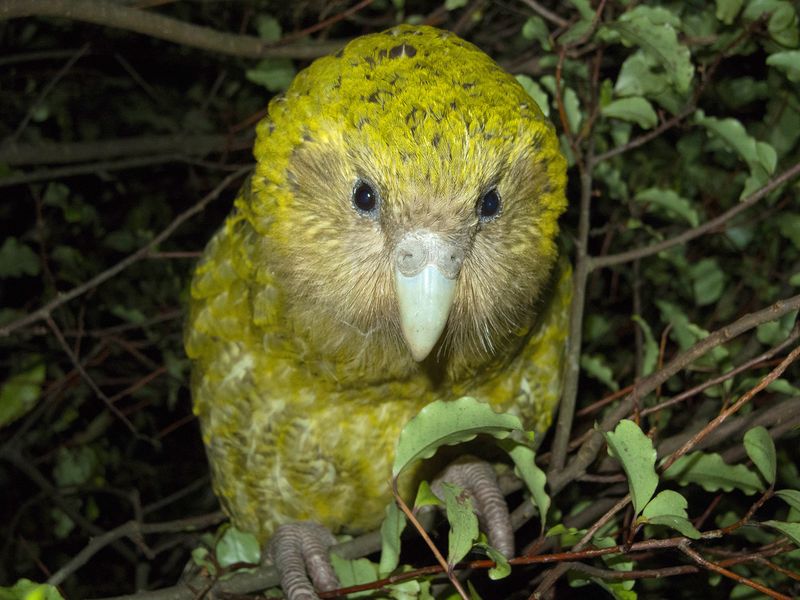
The moss-green Kakapo is a living fossil—the world’s only flightless, nocturnal parrot. With fewer than 200 individuals left, each bird has a name and is monitored by conservation teams on protected New Zealand islands.
These gentle giants evolved without mammalian predators, making them tragically vulnerable. Their complex breeding system involves males creating elaborate ground “bowls” where they produce deep booming calls to attract females.
9. Lorikeets (Rainbow Lorikeet)
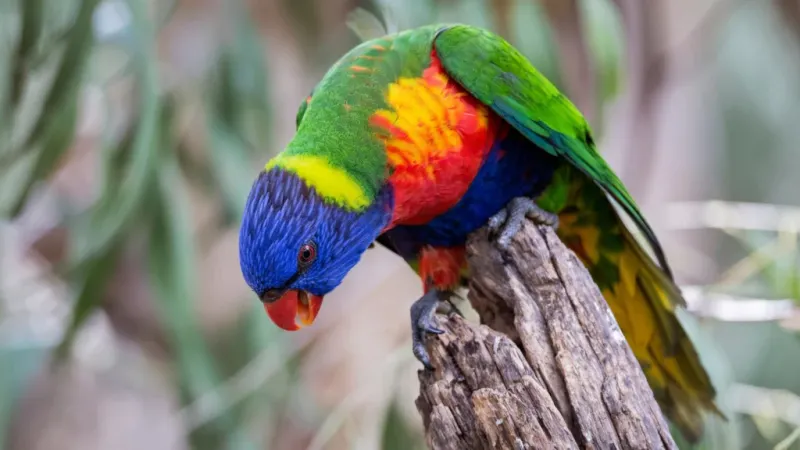
Rainbow Lorikeets flash through Australian forests like living rainbows. Their specialized brush-tipped tongues collect nectar and pollen—their primary food sources in the wild.
This unique diet means they produce liquid droppings that spray unpredictably, making them challenging houseguests. Their constant activity level is exhausting; these birds never stop moving, exploring, and vocalizing from dawn until dusk.
10. Budgerigar (Wild Budgie)
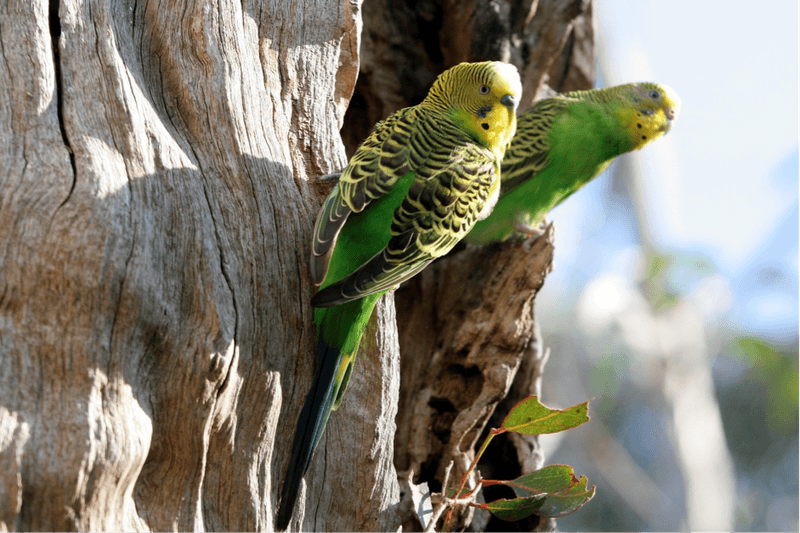
Forget the solitary pet-shop budgie—wild budgerigars form spectacular flocks of thousands that swirl across Australian skies. These nomadic birds follow rainfall patterns across vast territories, something no cage can replicate.
Their natural green coloration provides perfect camouflage in gum trees. The familiar blue, yellow, and white varieties are human-created mutations that would struggle to survive predation in the wild.
11. Sun Conure
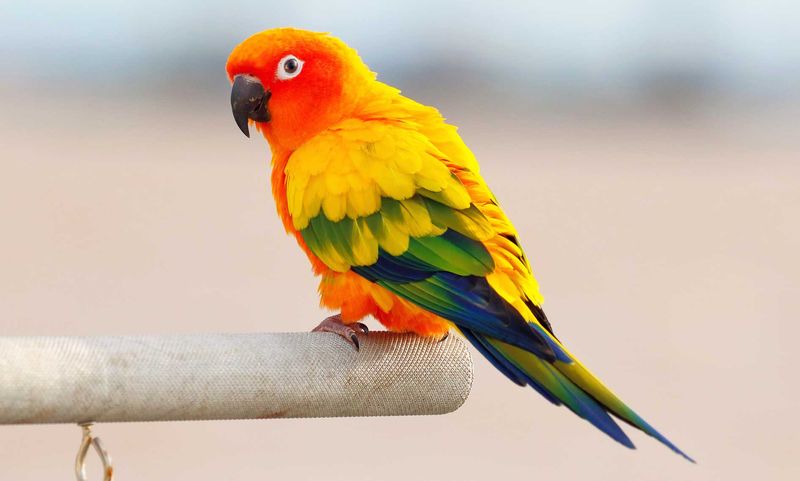
Sun Conures illuminate South American forests like flying flames with their golden-orange plumage. In the wild, they travel in tight-knit flocks of 20-30 birds, never experiencing the isolation that captivity imposes.
Their ear-piercing calls can be heard a mile away—an advantage in dense forests but a nightmare in human homes. Many end up surrendered to rescues when owners can’t tolerate the noise.
12. Parrotlet (Pacific Parrotlet)
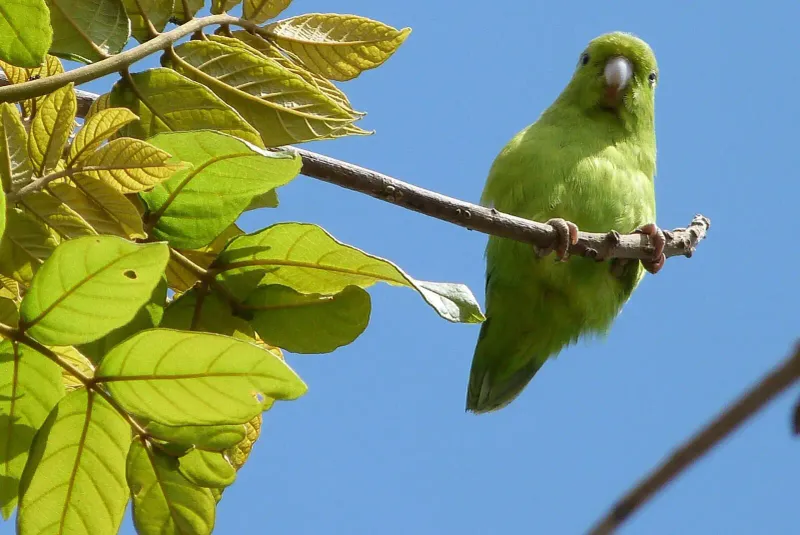
Don’t be fooled by their tiny size—Pacific Parrotlets pack the attitude of a full-sized parrot in a sparrow-sized package. In South American forests, these fierce little birds defend their territory with surprising aggression.
Though small, they require extensive flight time daily. Their high energy and assertive personalities often clash with domestic life, leading to behavioral problems when their exercise needs aren’t met.
13. Pionus Parrot
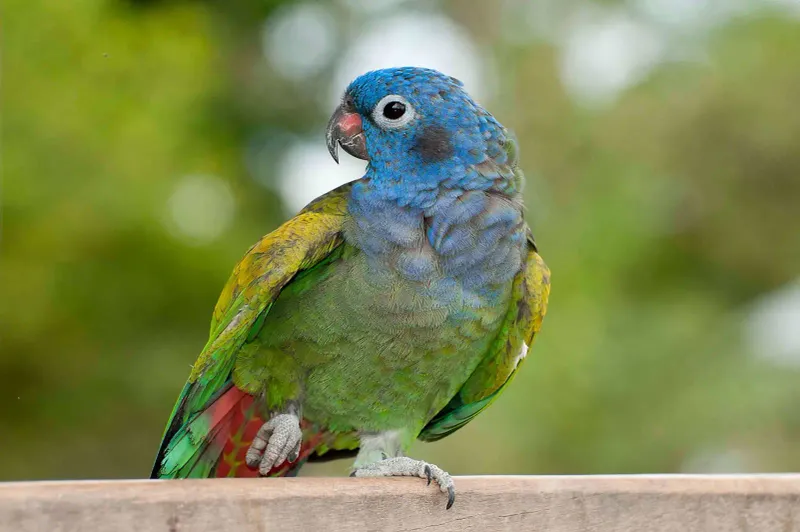
Pionus parrots might seem less flashy than other species, but their subtle iridescent feathers shimmer like oil on water in natural sunlight. These medium-sized birds thrive in Central and South American mountain forests at elevations up to 8,000 feet.
When frightened, they release a distinctive vinegar-like scent—an adaptation that confuses predators in the wild. This unique stress response indicates how deeply rooted their wild instincts remain, even after generations in captivity.
14. Caiques (Black-headed Caique)
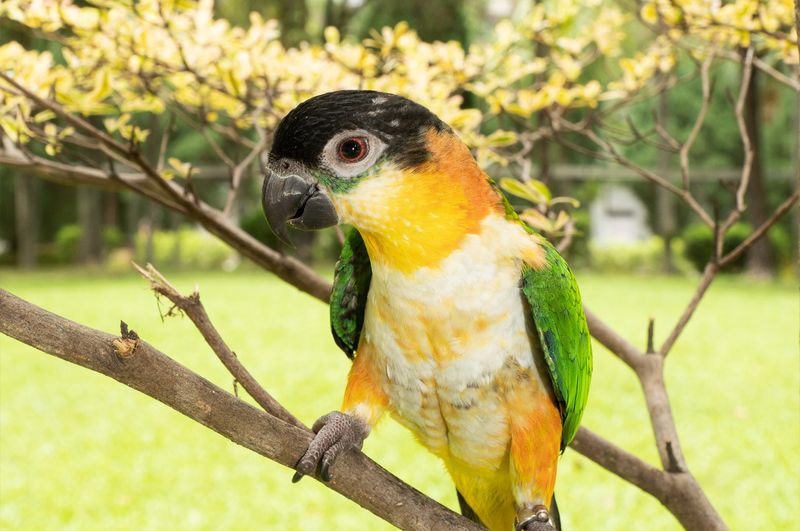
Black-headed Caiques are the acrobats of the Amazon, literally bouncing through the rainforest canopy like feathered rubber balls. Their unique hopping locomotion evolved for navigating dense foliage, not carpet or cage bars.
Their boundless energy requires hours of daily play and exploration. Without adequate stimulation, these birds become destructive and develop repetitive behaviors like pacing and head-swinging—clear signs of psychological distress.
15. Tucuman Parrot
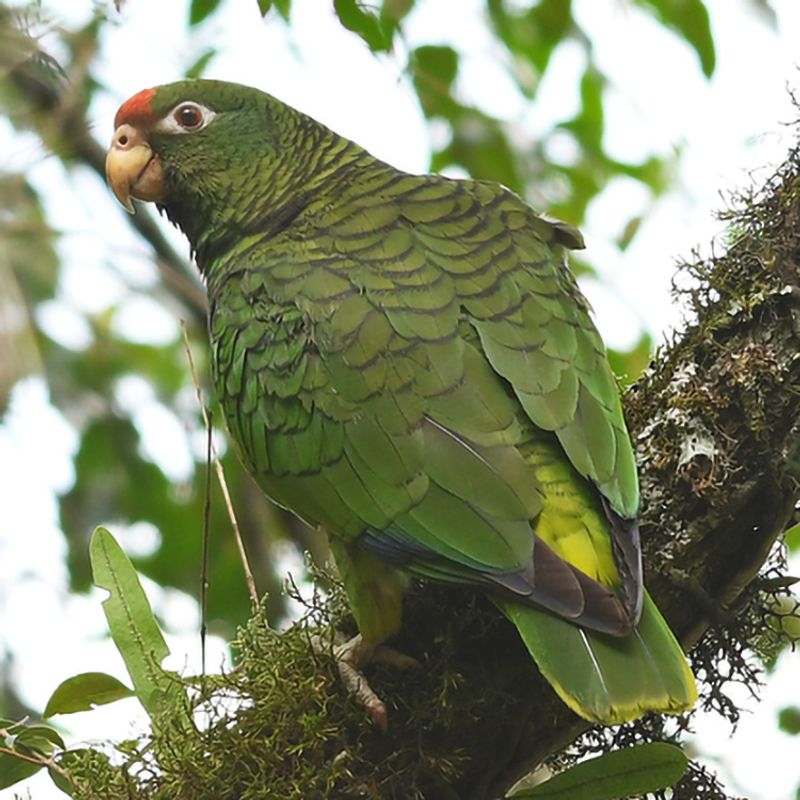
Few people have seen a Tucuman Parrot in the wild—these critically endangered birds cling to existence in Argentina’s mountainous cloud forests. With fewer than 1,000 individuals remaining, every bird is precious to the species’ survival.
They depend on specific native trees for nesting and feeding. Climate change and habitat destruction have already pushed them to the brink of extinction, making their protection in the wild absolutely crucial.

